Natural Dyes and Papermaking
These natural dye experiments started with standing in line at the store, my cart overflowing with stainless steel pots, the woman behind me chuckling, “Looks like someone’s doing some cooking!” I smiled and replied that, yes, I had a lot of cooking ahead of me. I decided not to mention what I’d be cooking – cotton.
In my first papermaking class (2011), I experimented with kozo in a dye bath of yerba maté with alum and abaca with wild grapes and alum. The resulting tones were subtle yet rich and comforting. In the summer of 2013 I interned at Cave Paper where they surface coat flax papers with walnut, indigo and persimmon. A romantic through and through, these colors transport me to the forest, to the field, to far off lands I’ve yet to see.

Book made from naturally dyed fibers. Paper cut is yerba mate dyed kobo. Book pages are wild grape dyed abaca.
I wanted and needed more. I picked up a book on natural dyeing in a Minneapolis used book store. The resource section led me to the company, Maiwa, that specializes in all things natural dye related for beginners and experts alike. I decided to buy the natural dye extract kit that Maiwa developed with the French natural dye research team, Couleurs de Plantes. These extracts are the result of years of study and cultivation and would save me time involved in using raw material. The kit came with ten grams each of twelve different dyes. I ordered the necessary mordants and got to work on the cotton thread waste I purchased from Twinrocker.
I followed the Maiwa instructions for dyeing cotton fibers, lengthening the recommended initial soda ash cook which they call ‘scouring.’ The preparation of the fiber for dyeing involved soaking the fiber overnight, rinsing, cooking in soda ash for a minimum of four hours, rinsing, cooking in tannin, rinsing, soaking in alum acetate and finally rinsing in calcium carbonate. Water and time intensive, any future investigations will focus on improving efficiency.
I created a dye book, documenting the methods used to acheive each color and included information on the dye plants obtained from Maiwa. It is accessible in PDF format by clicking the title page image below. I hope that it will be a useful resource for you in your natural dye experiments and I look forward to any questions or comments you might have!


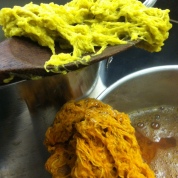












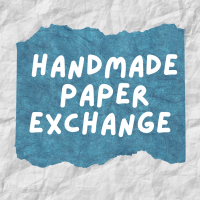
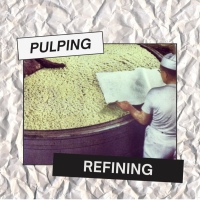
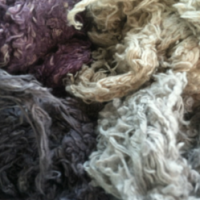
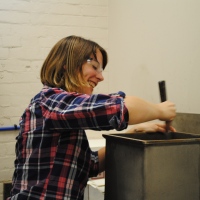
Can you give a bit of information as to cooking times for raw cotton. we usually use linter but a student want to cook and beat raw cotton. Using soda ash, how many grams / lb or kilo of cotton did you use and how long did you cook it for. Is there a ‘pull’ to see if it is cooked enough? Thank you.
LikeLike